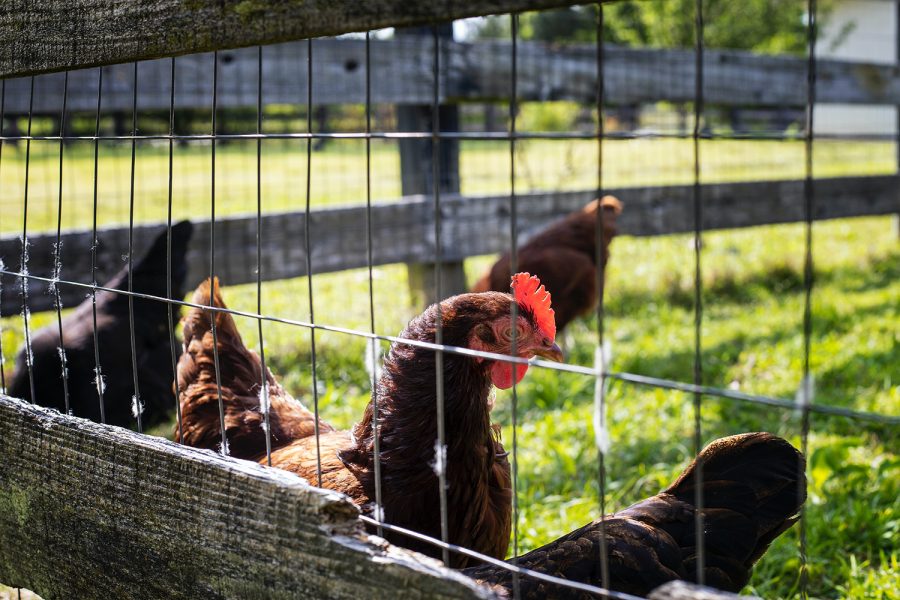The following blog entry contains details that may be disturbing to some readers.
The “cage-free” egg industry
Amongst the rising popularity in the concept of ‘humane’ animal products, there are many misconceptions surrounding the egg industry in particular. The appeal of the “cage-free hen” movement has people deceived by the appearance of improved welfare standards for hens, fabricating the idea of a more merciful way to consume eggs.
With the extensive amount of labels plastered all over egg cartons and packaging, it’s difficult to decipher what each one truly means. What most people are unaware of, is the fact that “cage-free” isn’t actually free enough.
Necessary background information to know about the egg industry is the difference between regular and “cage-free” farms. Commercial factory farms use battery cages to house their egg-laying hens. Each hen, on average, is allowed about as much space as a single sheet of letter-sized paper to live their entire life. This inherently causes them to be unable to carry out their natural behaviors such as nesting, perching, and dust bathing.
However, recently many egg producers are switching over to “cage-free” systems. Whereas this does offer an improved level of animal welfare, it doesn’t ensure high welfare.
Regulations a farm must meet to secure the “cage-free” label, aren’t that extensive. The only two distinctions are that the hens must be uncaged and free to walk, nest, and engage in natural behaviors. This builds the illusion of upgraded ethical standards. While “cage-free” hens will live significantly better lives than those in battery cages, there still are many inhumane commonalities among the two ways of farming.
Starting with where the chicks come from, nearly all commercial operations, “cage-free” or not, get their chicks from hatcheries. Hatcheries are used to mass supply female chicks to factory, small, and backyard egg farms.
No matter the type of farm, for every egg-laying hen, relatively one male chick is born. All the male chicks in these hatcheries are sorted and killed shortly after hatching, over 260 million every year. These chicks are considered useless to the meat industry because they aren’t bred to grow as large or as rapidly as other chickens.
What happens next, is a process known as beak-cutting, and this is in fact permitted under the “cage-free” guidelines. The newborn chicks will have part of their beaks removed to disable them from performing certain activities. Just like caged hens, “cage-free” hens are amputated with no pain relief.
There are also no restrictions on starvation-based forced molting for “cage-free” hens. This method isn’t as popular as it used to be, but is still used in order to manipulate a hen’s laying cycle. Wild hens only lay around 10-15 eggs per year, these hens have been bred to lay 200-300 per year. Just the same as caged hens, “cage-free” layers are only kept for a few years until their productivity starts decreasing, then they are discarded.
Despite the fact that “cage-free” hens aren’t conformed to battery cages, they can still be crowded into sheds, mud-filled pens, and poorly ventilated windowless warehouses. The birds do have their individual nesting boxes, which is an extreme contrast to the conventional farms, but they are still held in small spaces, in very large flocks.
The hens that are able to go outside, are usually out there for short periods of time and are still confined to a small pen right outside the warehouse. There is no requirement in the “cage-free” label for the hens to be allowed outdoor access at all.
There’s no doubt that the “cage-free” hen method is a step in the right direction, but as long as the demand for these products exists, they will continue to be obtained from animals being subjected to gross welfare and rights violations. It’s important for consumers to be aware of the varying degrees of freedom each commercial producer provides. “Cage-free”, “free-range/roaming”, “pasture-raised”, “certified organic”, all have different meanings, and all come with their different misunderstandings.
